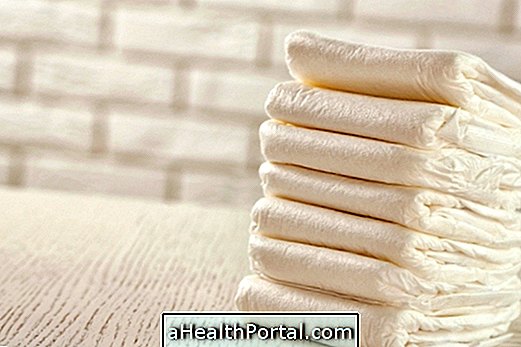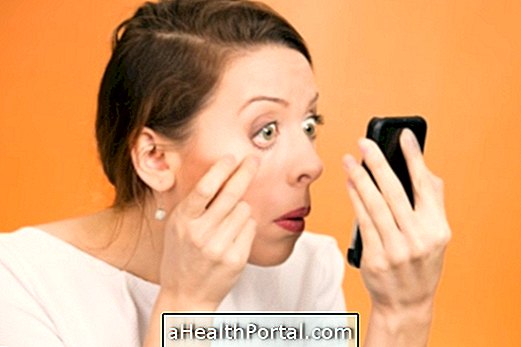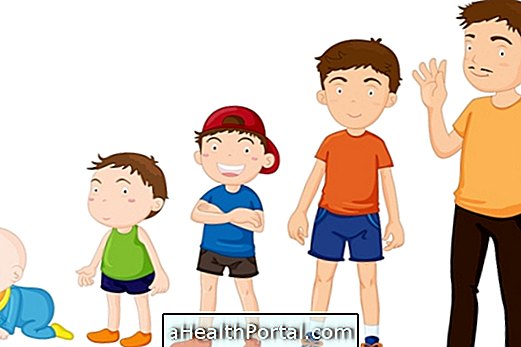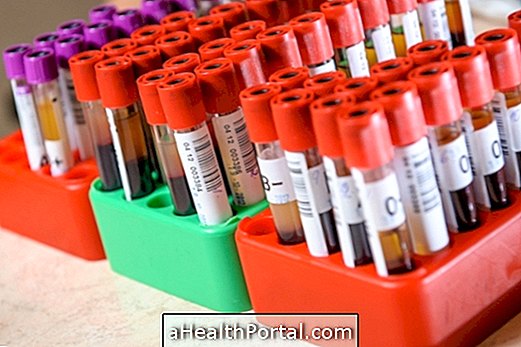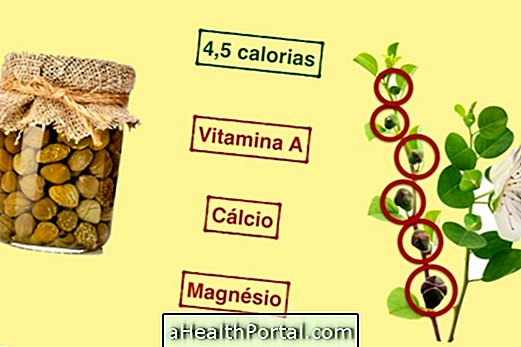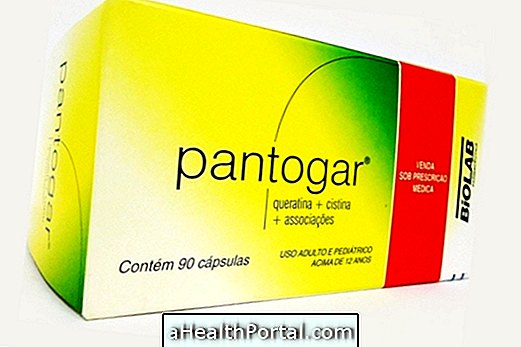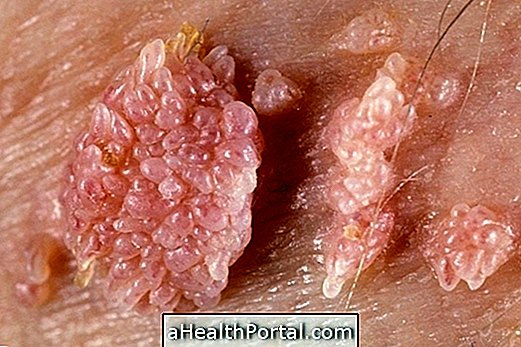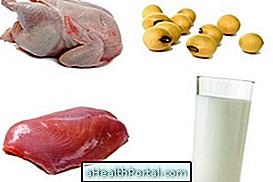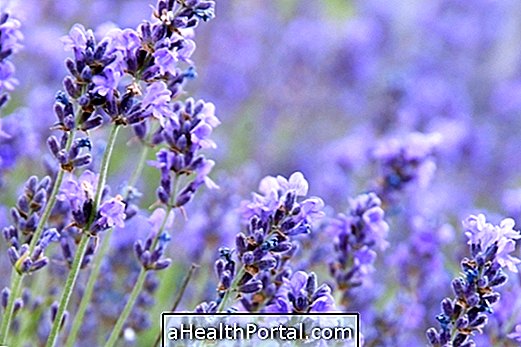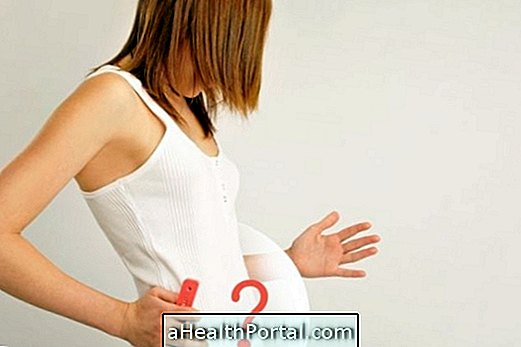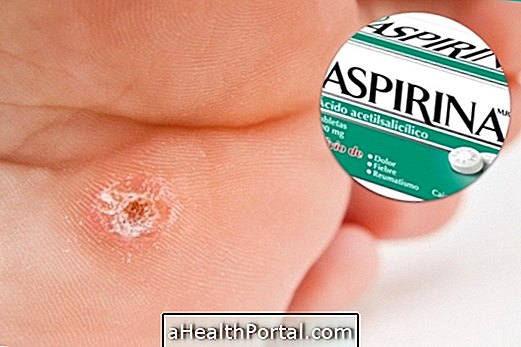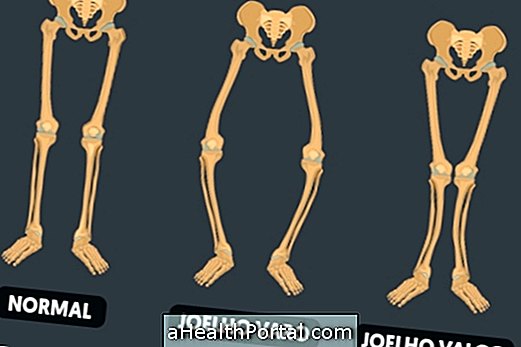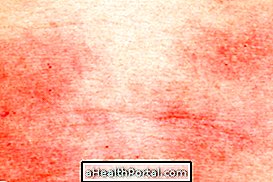The headache in children may arise from a very early age, but the child does not always know how to express himself and say what he is feeling. However, parents may suspect that their child is not well when they notice that they stop doing activities that they like very much, such as playing with friends or playing football, for example.
If a child says that the head hurts, parents can make sure that it is a severe headache or even a migraine by asking them to make some effort, such as jumping and squatting, for example, to see if the pain worsens because one of the characteristics of migraine in children is the increase of pain when making efforts. Know the different types of headache.
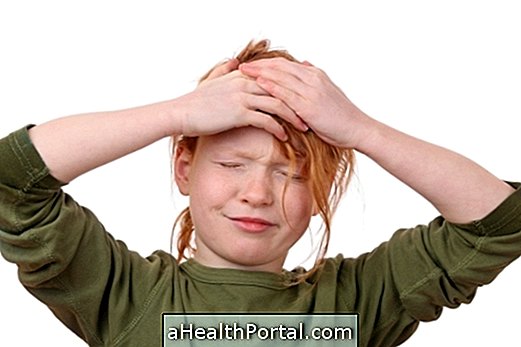
What can cause headaches in children
Headache in children may be associated with constant brain or visual stimuli, such as:
- Strong sun or high temperature;
- Exaggerated use of tv, computer or tablet;
- TV or radio sound too loud;
- Consumption of caffeine-rich foods, such as chocolate and cola;
- Stress, like having a test at school;
- Sleepless nights;
- Vision problems.
It is important that the cause of the headache is identified in the child so that some measure can be taken to relieve the pain and prevent it from happening again.
It is recommended to take the child to the doctor when the child says several times a day that the head hurts for 3 days at a time or when other associated symptoms such as vomiting, nausea or diarrhea appear. Learn more about constant headache.
In these cases, it is important to take the child to the pediatrician for further evaluation and testing and to begin treatment. In some cases, it may be advisable to consult your neurologist. Check out 5 steps to relieve headache without medicines.
What to tell the doctor at the appointment
At the doctor's appointment it is important that parents provide as much information as possible about the child's headache, telling how many times a week the child complains of headache, how intense and type of pain, what stopped pain and how long it took for the pain to pass. In addition, it is important to tell if the child was using any medication and if there is someone in the family who complains of a headache often or has a migraine.
From the information provided during the consultation, the doctor may request some tests, such as MRI, so that you can establish the best treatment.
How To Relieve Headache Naturally
The treatment of headache in children can be done with simple measures, so that the pain passes naturally, as for example:
- Take an invigorating shower;
- Put a wet towel in cold water on the child's forehead;
- Offer water for child or tea. Know some home remedies for headache.
- Turn off the television and radio and do not let your child watch TV more than 2 hours a day;
- Rest in a dimly lit and well-ventilated place for some time;
- Eat calming foods such as banana, cherry, salmon and sardines. See other foods to relieve headache.
Other options for treating headaches in children are behavioral cognitive therapy, guided by a psychologist, and medications such as Amitriptyline, which should only be used under the guidance of the pediatrician. Learn more about headache treatment.
Here's a massage you can do on your child's head to combat pain and discomfort:


